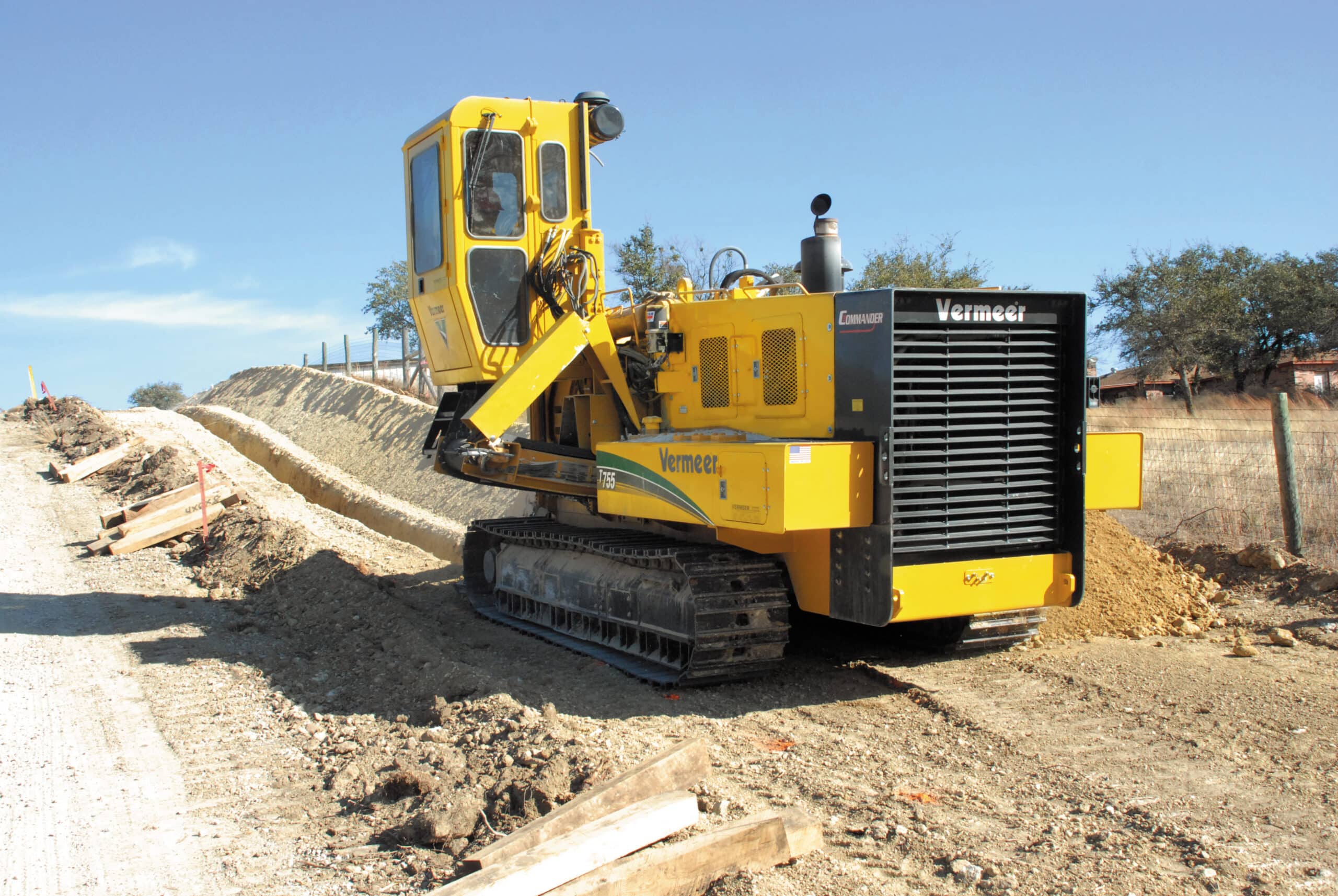Australia’s east coast has found itself in the midst of an energy crisis. With soaring energy prices putting increasing pressure on households, businesses and manufacturers, governments are increasingly looking to projects that can ease the pressure for residents and achieve greater energy security into the future.
East coast energy in crisis
New South Wales currently produces just five per cent of its daily gas demand, a figure that is forecast to reduce to zero with the planned closure of the Camden Gas Project in 2023.
In July 2022, the Australian Competition and Consumers Commission’s (ACCC) Gas inquiry July 2022 interim report highlighted the direness of the energy crisis, predicting a shortfall of 56PJ for the east coast in 2023, compared to the 2PJ shortfall forecast for 2022 at the same time last year.
As it stands, the majority of the gas produced on Australia’s east coast is produced by companies that are also LNG exporters.
The ACCC report estimates that Australia’s east coast will produce 1,981PJ of gas in 2023, 1,299PJ – around 65.5 per cent – of which is forecast to be exported overseas.
It’s clear that the energy crisis is showing no signs of abating – and is in fact slated to worsen – meaning something needs to be done, and fast.
It’s not enough, however, to rely on current supply; and so projects which will provide much needed energy security for the future are being drafted and planned.
The Western Slopes Project
One of the projects currently underway to alleviate the pressure on the New South Wales energy market is the Western Slopes Pipeline Project.
This project is being progressed by the APA Group and will see the construction of a 461km pipeline to connect a new natural gas reserve from Santos’s planned Narrabri Gas Project to the New South Wales gas transmission network, via the Moomba Sydney Pipeline.
Upon completion the Western Slopes Pipeline will have the capacity to transport up to 200TJ of natural gas each day; equivalent to around half of the current daily needs of New South Wales homes, small businesses, major industries and electricity generators.
As with similar large scale pipe projects, a major component of the work will be the digging of the trenches the pipeline will be lowered into. Since this project is set to alleviate a significant problem, time is of the essence, so equipment that can dig these trenches quickly, efficiently and affordably is essential.
Hunter Gas Pipeline
The Hunter Gas Pipeline is a wholly-owned subsidiary of Santos and will be critical in providing energy security for New South Wales. The successful completion of the project will help alleviate pressure on gas and electricity prices for the state’s households, businesses and manufacturers.
Additionally, the project will support electricity generation – as reliance on gas increases with the closure of coal-fired power stations – and firm variable renewables such as wind and solar.
The proposed 833km pipeline has already been granted planning approval from both the Queensland and New South Wales Governments and, once established, will potentially link the Wallumbilla Gas Supply Hub – a major gas supply hub in Queensland – to New South Wales.
The Wallumbilla Gas Supply Hub already links gas markets in Queensland, South Australia, Victoria and New South Wales. Through the Hunter Gas Pipeline project a second route to southern markets will be added, enabling increased security and adding competition to the domestic market.
As with the Western Slopes Project, the Hunter Gas Pipeline’s goal is to deliver gas to the east coast domestic market in the shortest time frame possible. This will require efficient, reliable and effective equipment that workers can depend on and trust.
Finding the right equipment for the job
In the past, excavators have been the go-to equipment to create trenches for pipeline installations, however, innovations in technology have shown that these are not always the ideal choice.
Vermeer Australia prides itself on providing the right trencher for a wide range of trenching jobs, whether it’s for power, water, sewer, gas and underdrain installations, cutting through hard rock, or a variety of other heavy-duty trenching tasks.
Trenchers, like the Vermeer T755, are a cost-effective, productive and efficient alternative for excavating material for utility pipelines.
Vermeer’s trenchers have been time- and contractor-tested all over the world in large diameter pipeline installations, including Australia’s gas pipeline environment.
Built hard-nosed to power through everything from soft soils to abrasive rock, the Vermeer family of trenchers have been an asset to the pipeline industry for 50 years, proving themselves time and time again in some of the world’s toughest landscapes.
Vermeer Australia’s General Manager of Sales, Jeff Lawson, says track trenchers make a great addition to a pipeline construction company’s fleet, with increased efficiency helping to meet strict deadlines often stipulated when undertaking pipeline installation projects.
“The pipeline installation market is competitive, so being able to go in and get the job done quickly, efficiently and at the lowest possible price not only increases the chances of winning jobs but also increases capacity to take on more jobs,” says Mr Lawson.
“Trenchers are particularly useful and more suited to cutting through rocky ground, creating a long, extended run of shallow to medium depth trench.
“Under conditions such as these, a single trencher like the T755 can complete the work of several excavators in a fraction of the time and more efficiently, saving on time and money.”
Although it can be a big commitment to invest in a trencher, the benefits it can provide far outweigh the use of excavators and is well worth the investment for pipeline installation contractors looking to improve project efficiency.
“Contractors will find that their return on investment will occur much faster than expected, often after completing one large project,” says Mr Lawson.
Australia is working fast to mitigate the effects of the east coast energy crisis, with projects progressing that are set to provide energy security for the future. Due to the nature and urgency of these projects, equipment that is reliable, cost-effective and efficient is required.
Vermeer’s products not only fit the criteria, but come backed with more than 50 years of experience, guaranteeing high quality equipment with exceptional customer support and aftermarket service.
Get in contact with your local Vermeer Australia team for your pipeline project needs on 1300 VERMEER or at www.vermeeraustralia.com.au

 MyDealer:
MyDealer:


